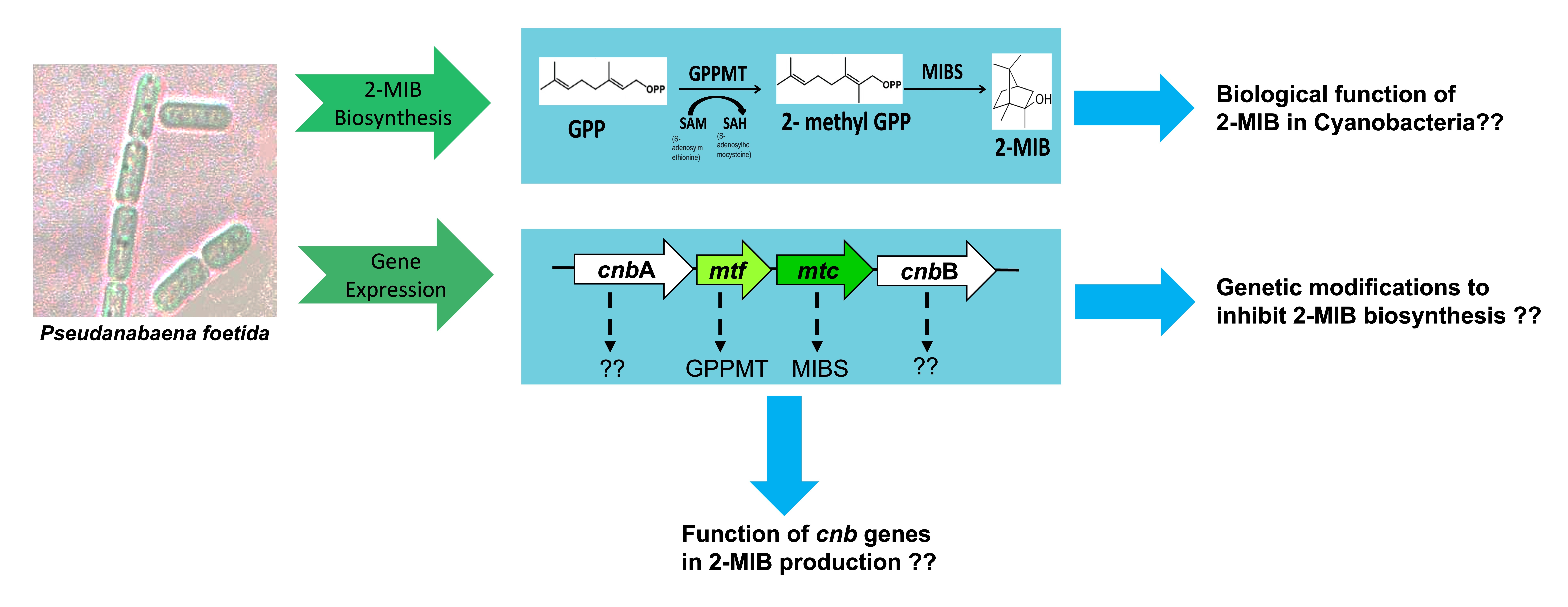Profile

Nationality : Sri Lankan
Keywords : Cyanobacteria, 2-Methylisoborneol, Gene expression
Research advisor : Prof. Kawai-Yamada Maki
Why I entered GSC program
Cyanobacterial research is an exciting branch of biology that plays a crucial role in environmental science. The scope of the GSC program of the Graduate School of Science and Engineering at Saitama University aligned perfectly with my academic and research aspirations. While exposing myself to a larger prolific academic research community and a much-advanced research background equipped with the latest instrumentation, the GSC program has offered me an ideal destination to pursue my Ph.D.
Research title
Molecular and functional analysis of 2-Methylisoborneol synthesis in cyanobacteria Pseudanabaena foetida
Research abstract
The production of odiferous microbial metabolites in freshwater bodies is a worldwide environmental concern. Especially, 2-methylisoborneol (2-MIB) has been identified as one of the main cyanobacterial metabolites responsible for unpleasant taste and odor in drinking water and freshwater fish. However, the biological function of 2-MIB in cyanobacteria is still unknown. A clear understanding of 2-MIB biosynthesis is crucial to develop a method to suppress 2-MIB production in freshwater cyanobacteria. Previous studies elucidated that 2-MIB biosynthesis involves two steps; the methylation of geranyl diphosphate (GPP) to 2-methyl GPP by geranyl diphosphate methyl transferase (GPPMT) and the cyclization of 2-methyl GPP to 2-MIB by monoterpene cyclase (MIBS). It is revealed that GPPMT and MIBS are encoded by two adjacent genes found in the cyanobacterial genome, which are located between two homologous cyclic nucleotide-binding protein genes. Pseudanabaena foetida is a 2-MIB-producing freshwater cyanobacterium found in Japanese lakes. The molecular mechanism of 2-MB biosynthesis in P. foetida has yet to be completely revealed. The present study will investigate the molecular mechanism of 2-MIB production in P. foetida and the biological function of 2-MIB in cyanobacteria. The ultimate goal of this study is to reduce or suppress 2-MIB production in cyanobacteria which would be an important finding to enhance the water quality of the freshwater bodies worldwide polluted by 2-MIB.
Graphical abstract




